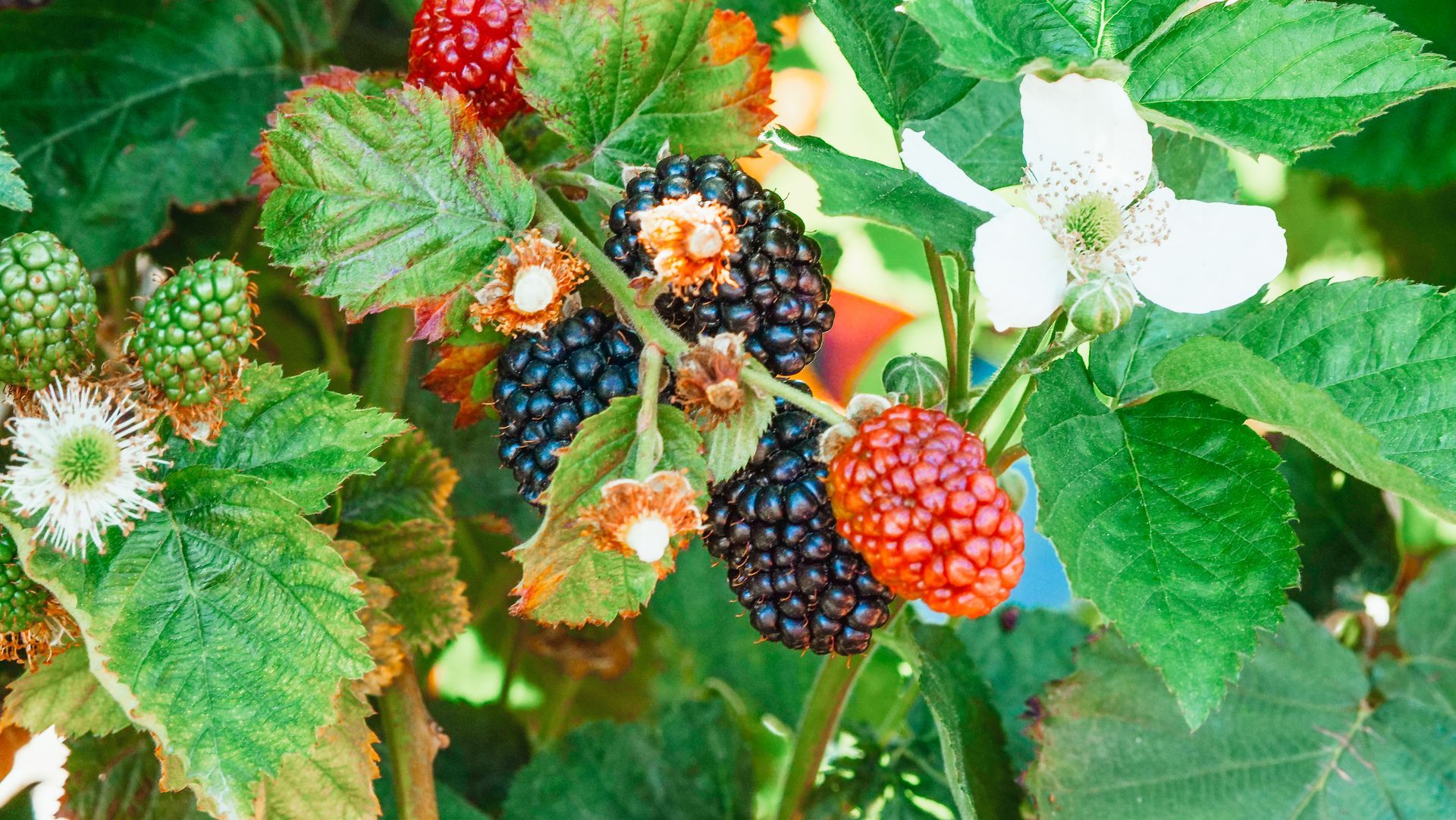How to Grow Raspberries
Growing your own raspberry bushes is easy and cheap.

Why spend a fortune to buy a raspberry punnet from a supermarket if you can easily grow a glut of succulent and delicious raspberries in your own garden? Raspberry bushes often fruit for 10 years or more and yield an impressive harvest. Berries are a fantastic source of fiber, vitamin A, folate, antioxidants, and numerous minerals. When you know how to grow raspberries for yourself, the bushes will give you enough fruit to eat, preserve, and even share.
1. Choose the Best Type for You
First of all, you should choose the right raspberry type for you. There exist two different types of raspberries: Summer-fruiting and fall-fruiting (also called everbearing).
- Summer-fruiting raspberries are more common and fruit between June and early August depending on the specific variety.
- Fall-fruiting raspberries (also called fall-bearing or autumn-bearing) produce two crops a year: one in early autumn and a smaller crop early the next summer.
Raspberries come in three common colors: red, black and yellow. Red raspberries are generally stronger, hardier, and more productive than black and yellow raspberry plants.
2. Plant Your Raspberries
These vigorous growers produce runners that fill up a bed. You should plant raspberry canes 45cm apart with 1.8m between rows, in moist but well-drained, fertile soil. The plant should get at least six hours of direct sunlight per day. The plants will grow in part shade, but will not produce as much fruit.
Then dig in some compost, firm them in and water the well to give them a jump-start. In spring, feed with a general fertilizer and mulch around plants to keep their roots slightly moist and to suppress weeds. It is important to keep the plants well-watered during dry spells. Once they're established, you don't have to worry about replanting them each year. Harvest raspberries as and when they ripen.
3. Prune Raspberries
For pruning raspberries, you will need a pair of secateurs, and some gardening gloves to protect against thorns. In the case of summer-bearing raspberries, during the autumn, cut down to soil level all canes that bore fruit during the summer. You can even mark the fruiting canes during the summer so you can distinguish between these and the new season's canes (the new season's canes are lush and green). Aim to leave 6-8 of the strongest new canes and remove the rest.
Prune autumn-fruiting raspberries in late winter (February). You should cut back all the canes to ground level before new growth commences. The plants will fruit on new growth.
4. Harvesting
All raspberry varieties produce fruit in their second season. In some cases, ever-bearers may bear small berries in their first autumn. In early summer, berries will ripen over a time of about 2 weeks and you will need to pick berries every couple of days!
Do not forget to harvest berries on a sunny day, when they are dry and you needn’t tug too hard on your raspberries when picking as ripe raspberries will leave the vine willingly.
5. Watch out for Raspberry Pests and Diseases
To keep your plants healthy and productive, you should keep them damp in summer, and dry in winter. Some of the critters that can attack raspberries are nematodes, root or bud weevils, aphids, fruit worms, and crown borers. Try fully organic and non-toxic Critter-Repellent to prevent these critters from taking your entire raspberry harvest in just a few days.
You may encounter a few diseases: fruit rot, root rot, and spur blight. Fruit rot is a fungus that sets up when canes are too crowded. Root rot results in the sudden death of the plant right after flowering, when the weather turns warm. And spur blight shows up as dark, chocolate-colored blotches on canes in midsummer to fall when humidity is high.
Critter Repellent All Natural Animal Repellent Blog












